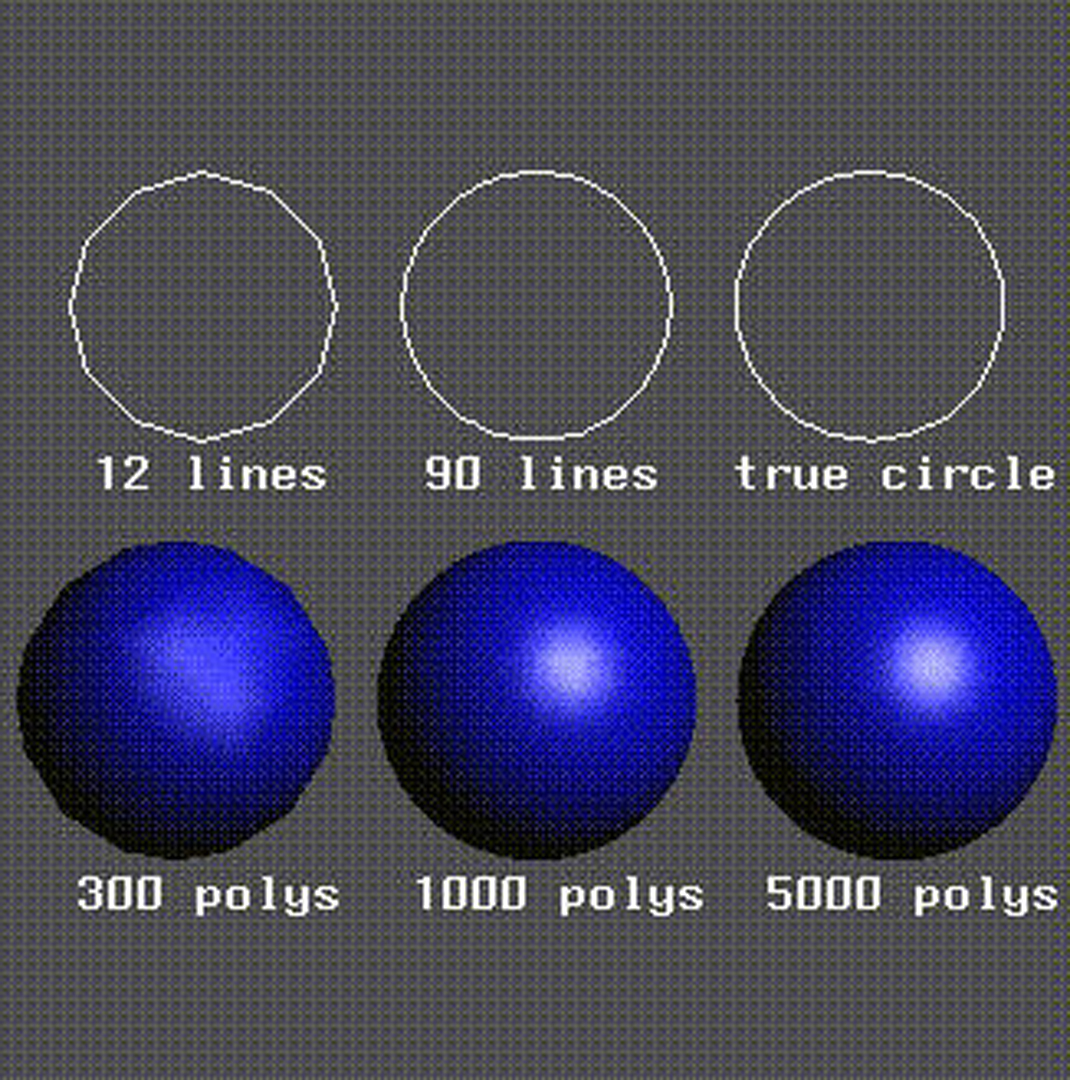“Graphics rendering architecture for a high performance desktop workstation” by Harrell and Fouladi
Conference:
Type(s):
Title:
- Graphics rendering architecture for a high performance desktop workstation
Presenter(s)/Author(s):
Abstract:
Hundreds of commercial applications used in mainstream design activities have demonstrated proven demand for 3D graphics rendering products. The demand is for faster and more powerful renderers, thus creating the system design problem of how to achieve maximum rendering performance from the technology available to implement the system. This paper describes a graphics rendering architecture that takes advantage of several novel architectural features: a custom floating point processing core with tailored data stores and bussing structures, the arrangement of these cores into a SIMD processor for low overhead multiprocessing, and the hyperpipelining of the fixed point scan conversion units for low overhead, high bandwidth pixel generation into an interleaved frame buffer. These features combine to form a solution to the system design problem which distinguishes itself by its overall performance and its ability to maximize performance while minimizing system size. The resulting architecture is capable of over a half million gouraud shaded Z-buffered triangles per second, with a sustained fill rate for gouraud shaded and Z-buffered pixels of 80M pixels per second. The architecture fits in a desktop workstation.
References:
1. K. Akeley, T. Jermoluk, “High-Performance Polygon Rendering”, Computer Graphics (Proc. SIG- GRAPH), Vol. 22, No. 4, August 1988, pp. 239-246.
2. K. Akeley, “The Silicon Graphics 4D/240GTX Superworkstation”, IEEE Computer Graphics and Applications, Vol. 9, No. 4, July 1989, pp. 71-83.
3. B. Apgar, B. Bersack, A. Mammen, “A display system for the Stellar Graphics Supercomputer Model GS1000”, Computer Graphics (Proc. SIGGRAPH), Vol. 22, No. 4, August 1988, pp. 255-262.
4. J. Foley, A. van Dam, S. Feiner, J. Hughes, “Computer Graphics, Principles and Practice”, 2nd edition,, Addison-Wesley Publishing, 1990.
5. “The Indigo2 Technical Report”, Silicon Graphics Computer Systems, 1993.
6. “Iris Partner Catalogue”, Silicon Graphics Computer Systems, 1992.
7. D. Kirk, D. Voorhies, “The Rendering Architecture of the DN 10000VS”, Computer Graphics (Proc. SIG- GRAPH), Vol. 24, No. 4, August 1990, pp. 299-308.
8. W. Newman, R. Sproull, “Principles of Interactive Computer Graphics”, McGraw-Hill Book Company, Second Edition, 1979.
9. “The Personnal IrisTM: A Technical Report”, Silicon Graphics Computer Systems, 1988.
10. M. Segal, K. Akeley, “The OpenGLTM Graphics System: A Specification (version 1.0)”, Silicon Graphics Computer Systems, 30 June 1992.
11. J. Torborg, “A Parrallel Processor Architecture for Graphics Arithmetic Operations”, Computer Graphics (Proc. SIGGRAPH), Vol. 21, No. 4, July 1987, pp 197-204.
12. A. van Dam, et. al., “PHIGS+ Functional Description Rev. 2”, Jointly developed PHIGS+ specification, 1987.




